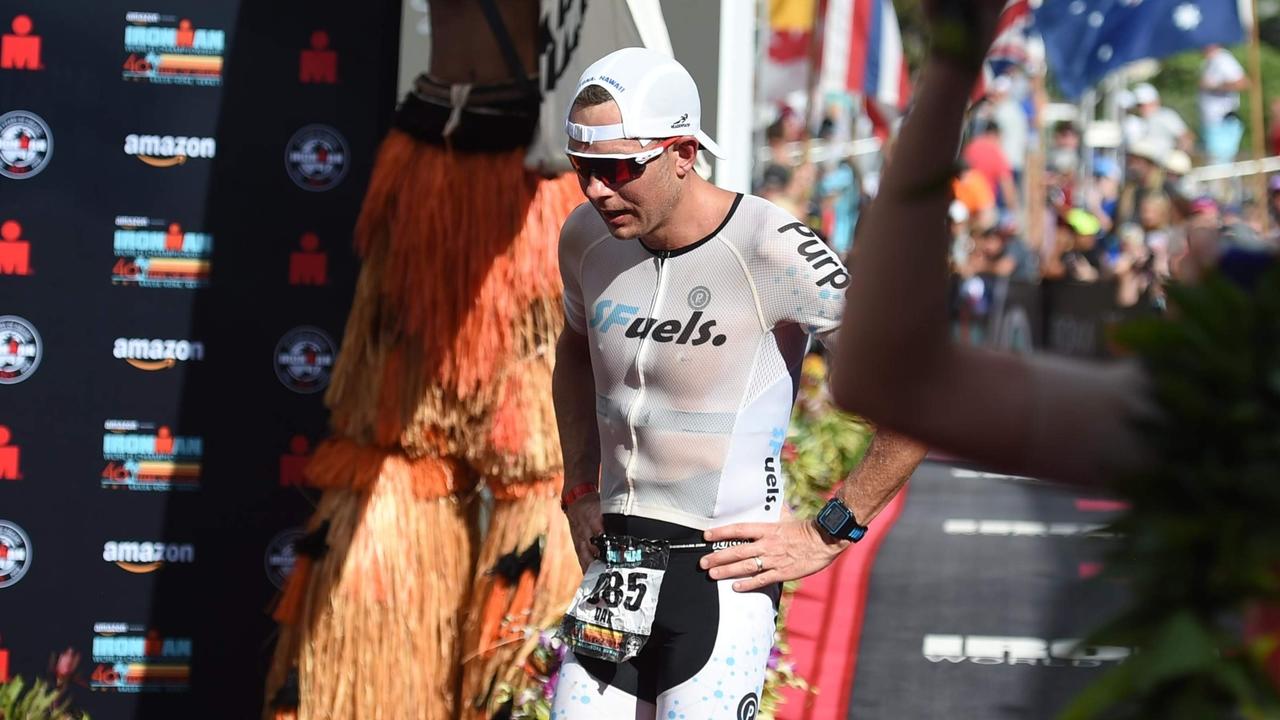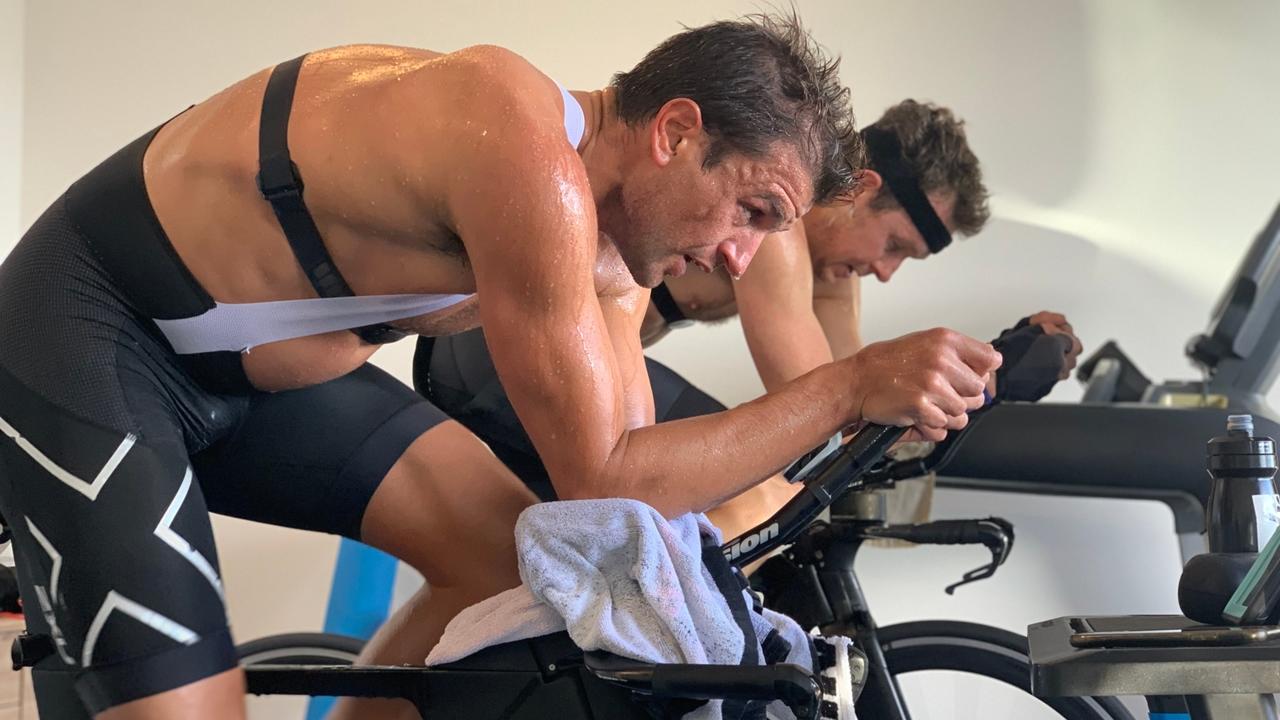Having a Well-Developed Capacity for Fat Metabolism Might Help You Train More!

We have discussed at length in previous blogs how developing an advanced capacity to metabolise fat for fuel during exercise can be useful for long-distance triathletes. We’ve also published research on it; for example, one of our recent papers showed a relationship between an athlete’s peak fat oxidation rate (PFO) and performance in an endurance trial. The addition of PFO to traditional models of endurance – VO2max, thresholds, and economy – improved the prediction of performance (16). Other labs have shown relationships between PFO and endurance, including Ironman performance (8). However, something I think is missing from the discussion is how having a robust ability to metabolise fat during training is helpful, specifically during high-volume days with multiple sessions. That will be the focus of this blog.
Basics of carbohydrate metabolism
I feel like a bit of a broken record in this one, but during prolonged endurance exercise, we primarily use two fuels to support our metabo...
Best practice for triathlon coaches: Avoiding overtraining

By Dr Dan Plews
Endurance athletes have to manage the stress generated through training with the recovery required to absorb that stress and turn it into positive adaptations. One of the major determinants of the outcome of a training intervention is how successfully stress and recovery are balanced; too little stress and too much recovery could lead to undertraining and the failure to realise potential; too much stress and too little recovery could lead to overtraining, excessive fatigue, and impaired performance. In this blog, we are going to focus on the latter – overtraining – what it is and how to avoid it.
The overtraining continuum
‘Overtraining’ is one of the many ubiquitous and inconsistently defined terms in endurance sport, much like ‘threshold’, and the misuse of the term creates confusion. Oftentimes, when athletes and coaches say that they are overtrained, they are really overreached. I like to refer back to a classic review paper by Shona Halson and Asker Jeukendrup f...
Interpreting Shifts in Blood Lactate Profiles

Dr Dan Plews & Ed Maunder
In this blog, we are going to provide a little detail for athletes and practitioners on how to interpret changes in blood lactate parameters and profiles derived from serial laboratory-based lactate threshold assessments. These assessments typically involve exercising initially at a very low workload, considerably below the aerobic threshold, with heart rate and blood lactate concentration recorded prior to an increase in workload every 3-4 minutes (although these ‘steps’ can be longer). These steps are repeated until exhaustion. Expired gases may be collected throughout, and these can provide insight into movement economy, substrate utilization, and maximum oxygen uptake (VO2max). The tests are typically performed for (i) training zone identification and (ii) monitoring adaptations to training.
Classic rightward and leftward shifts
Below we have a textbook rightward-shift in the blood lactate vs. power output curve, which we would interpret as indica...
Why low intensity training needs to be of low intensity

If any of you have listened to Dan’s chat with Triathlon Taren on his podcast recently, you would have heard him talk about the importance of getting your zone 2 intensity right and ensuring that level 2 endurance training is at the correct physiological stress, i.e. below the first ventilatory (or aerobic) threshold. The reasons that this is so important are both from an adaptation perspective (i.e. ensuring we are making the correct physiological adaptations), but also from an overall physiological stress, which effects our ability to train consistently well. This blog discusses why ensuring that your level 2 training is actually at level 2 could be the key to unlocking your ability to train consistently as you pursue your Long Distance Triathlon goals.
Indeed, one of the most important factors impacting the success of training for long-distance triathlon is intensity distribution and discipline, concepts we will cover in great detail in Endure IQ LDT102: Training Program Fundamenta...
HRV Guided Training: Maximizing your Training in the Last Phase of the Season

With the race season coming to a close, and the Ironman World Championships just around the corner, many athletes will be squeezing in as many key sessions as possible during this critical training period. But as we sit on a knife’s edge between training “too much” and “too little”, it’s useful to have some objective measurement to ensure we’re maximizing the adaptation from every training session we undertake.
Recently, I was fortunate enough to have contributed to a heart rate variability guided training study with lead author Alejandro Javaloyes (1). The study compared an eight-week cycling training programme prescribed according to either pre-defined block periodization (BP) or guided using heart rate variability (HRV). That is, subjects completed either a mixed programme set out in advance or a programme adjusted on a day-to-day basis via daily heart rate variability measurements using the smartphone application ‘HRV4Training’.
HRV is a measurement of the variability in the time...
